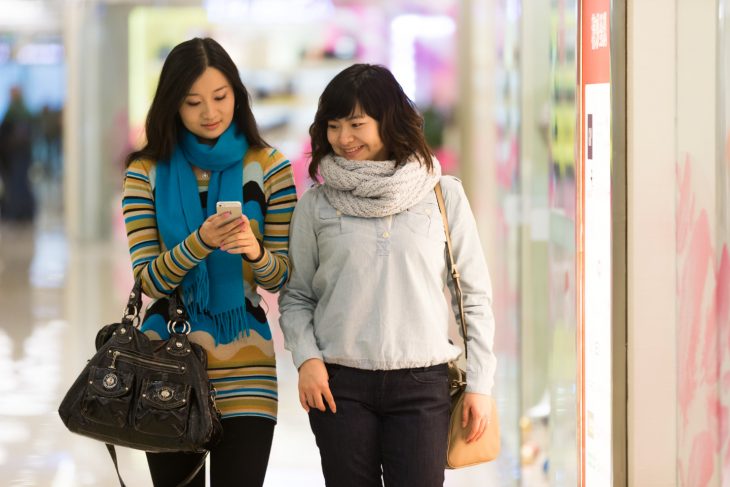
STOCKHOLM – The rise of smartphone shopping is not only changing the way that consumers pay for goods and services, it is also fueling demand for digital shopping assistants to help with purchasing decisions, according to a new study by Ericsson.
Beyond smartphone shopping – the rise of smart assistants describes how connectivity is driving major shifts in retail. The report’s insights are based on an online survey carried out in January 2018 of 5,048 (500 per city) advanced internet users aged 15 to 69 who fit the profile of urban early adopters in Johannesburg, London, Mexico City, Moscow, New York, San Francisco, São Paulo, Shanghai, Sydney and Tokyo.
According to the report, smartphone users will rely on digital assistants in their phones for aspirational shopping support, while simultaneously driving the use of smart home speakers for automation of routine household purchases.
Selecting the type of shopping assistant for home and personal purchases will soon be more important than the actual purchase decision, continues the report. For example, 63% of smartphone shoppers want help with price comparisons – a likely role for a home restocking assistant, while 48% say that they want help making shopping decisions easy – a likely role for a personal shopping advisor.
Digitalization of shopping raises questions about the future of the physical store as well. Consumers expect AR/VR-technology to bring all the benefits of physical stores, while more than half believe the effect of fewer people going to stores will be an increase in home deliveries. This indicates a connectivity-driven future for retail both for digital shopping experiences and automation of deliveries, adds the report.
Respondents also see issues with personal information going forward, leading to a key question: to what extent can digital shopping assistants be trusted, and how will they impact consumers?
“While fascinating in their own right, fast-changing consumer shopping behaviors are important to understand for anyone involved in 5G, smart homes, consumer IoT and artificial intelligence” said Michael Björn, head of research at Ericsson Consumer & IndustryLab, in the report’s news release. “When consumers start employing AI to automate everyday purchasing, this will create demand for IoT enabled sensors as well as a need for people to connect appliances in their homes.”
Key insights from the report include:
1. Direct smartphone shopping peaking
- Already, 43% are smartphone shoppers and make purchases directly using their phone every week;
- Sixty-seven percent of them also regularly pay with their phone in store.
2. Digital shopping assistants – the next shopping disruptor
- Selecting the chooser for home and personal shopping is more important than making choices;
- Forty-seven percent of smartphone shoppers would like a service that automatically restocks everyday items;
- Sixty-three percent of them think most people will have a personal shopping advisor in three years.
3. Stores – transform or disappear
- Sixty-nine percent of AR and VR users think the technology will give smartphones all the benefits of stores in just three years' time.
4. Bargain prices go offline
- Thirty-six percent of smartphone shoppers already believe they should pay lower prices in stores than online if they take the trouble to go there.
5. Materialism at a crossroads
- Only 15% prefer renting cars to owning them – but 70% think mostly everyone will rent cars in three years.



